The 25 most important AI words everyone should know
Most acknowledge the growing impact of artificial intelligence worldwide, but only a few understand it. People usually hear terms like “chatbots,” “machine learning,” and “large language models” and steer clear from discussing this technology. However, you can catch up by learning the most important artificial intelligence jargon.
Some may think it’s a drag because you must check numerous obscure resources to find the most relevant information. You can find numerous sources explaining artificial intelligence, but you need time to verify the information. Also, you must ensure they provide useful and relevant data.
Fortunately, this article will discuss essential AI terminologies, such as “ChatGPT” and “algorithm,” so you don’t need to look through numerous sources. Also, I will link to my other articles to provide additional information.
The 25 AI words everyone should know
- Artificial intelligence and AGI
- AI ethics
- AI safety
- Algorithm
- Alignment
- Bias
- Big data
- Chatbot
- ChatGPT
- Data Science
- Deep learning
- Emergent behavior
- Generative AI
- Google Bard
- Google Gemini
- GPT-3
- GPT-4
- Guardrails
- Hallucination
- Large language model
- Machine learning
- Microsoft Bing
- Natural language processing
- OpenAI
- Virtual assistants
1. Artificial intelligence and AGI
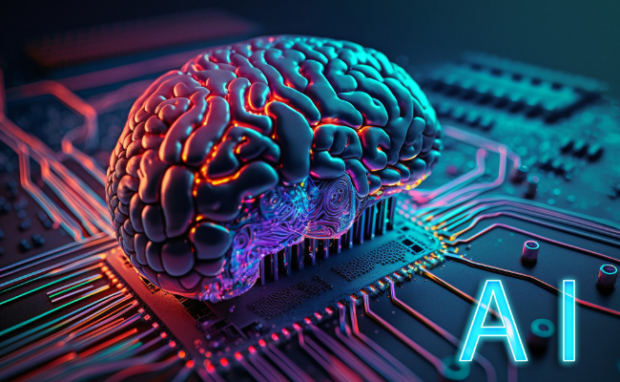
Photo Credit: mycvcreator.com
Artificial intelligence refers to technology that could simulate near-human intelligence. These are programs or software that can perform human tasks.
Previously, AI was only part of science fiction stories, such as “The Matrix.” Nowadays, we’ve realized something similar: ChatGPT. It became the most popular AI program in the world after generating text from short user prompts.
You may also like: The top AI careers for non-techies
Many tech experts believe we will develop artificial general intelligence in the near future. An AGI is a technology that can replicate human behavior and mental capacities fully.
2. AI ethics
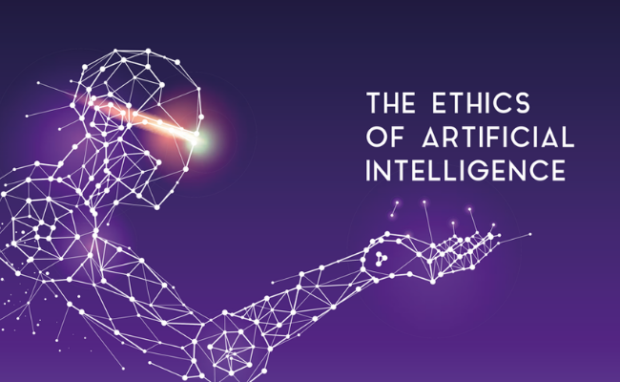
Photo Credit: kuppingercole.com
AI ethics refers to principles preventing AI from harming humans. For example, the University of the Philippines developed its Principles for Responsible Artificial Intelligence:
- Public good
- Everyone should benefit from AI
- Meaningful human control
- Transparency
- Fairness
- Safety
- Environmental Friendly
- Collaboration
- Accountability
- Governance
However, UP admits it is a work in progress. That is why it is accepting opinions on how to improve this list. Meanwhile, the US Copyright Office recently started a public comment period regarding how the government must handle AI and intellectual property rights.
3. AI safety

Photo Credit: salussafety.io
CNET says AI safety is an interdisciplinary field dealing with the long-term impacts of artificial intelligence. His AI words include this technology’s ethics and its long-term consequences.
For example, the Vatican released a statement from Pope Francis warning about artificial intelligence: “The remarkable advances made in the field of artificial intelligence are having a rapidly increasing impact on human activity, personal and social life, politics, and the economy.”
“He recalls the need to be vigilant and to work so that a logic of violence and discrimination does not take root in the production and use of such devices at the expense of the most fragile and excluded: injustice and inequalities fuel conflicts and antagonisms.”
ChatGPT creator OpenAi also formed a team to prepare for future artificial general intelligence. The Superalignment group consists of AI experts with OpenAI chief scientist Ilya Suskever.
4. Algorithm
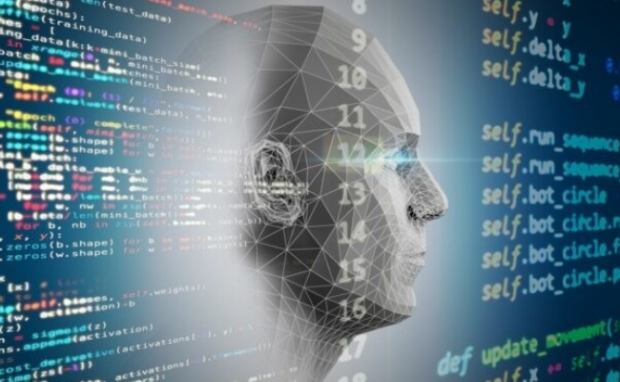
Photo Credit: artiba.org
Algorithms are instructions or rules that a computer program follows to execute commands. They guide bots in analyzing data to perform specific tasks.
For example, algorithms may help an AI image generator to recognize patterns in a user’s image. Let’s say you want to add a new background to your butterfly photo.
Algorithms will help your AI bot to recognize the butterfly in your picture so that it would only modify its surroundings. These computer instructions are also present in other AI models.
5. Alignment
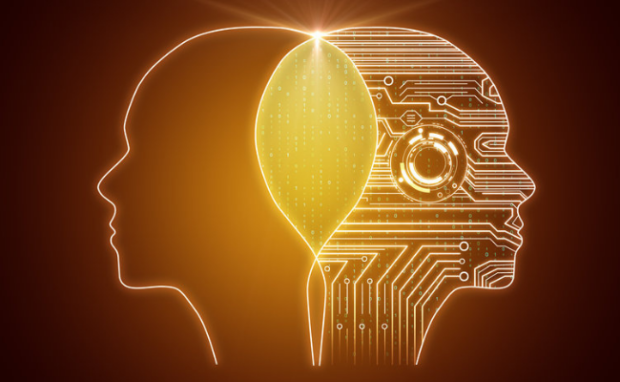
Photo Credit: mpg.de
This AI term refers to adjusting an AI system to produce desired results better. Alignment may involve moderating content to maintain positive interactions with humans.
For example, an AI photo editor had to review its alignment after it turned the image of an Asian MIT student into a Caucasian. “My initial reaction upon seeing the result was amusement,” Rona Wang said.
“However, I’m glad to see that this has catalyzed a larger conversation around AI bias and who is or isn’t included in this new wave of technology,” she added. In response, Playground AI founder Suhali Doshi said he and his company would resolve the issue.
Believe it or not, alignment is one of the AI words Pope Francis mentioned in his public message or communique. He noted artificial intelligence must “align” with the good of humanity.
6. Bias
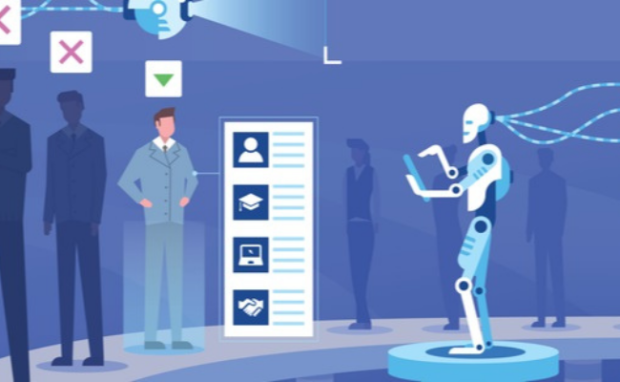
Photo Credit: spiceworks.com
We design artificial intelligence systems to mimic humans, so we should expect them to develop our quirks. Specifically, more people realize AI bots exhibit biases.
Those manifest during training, which is one of the most important aspects of AI development. It involves submitting large amounts of data to test and tweak an AI bot’s algorithms.
Developers training AI are human, so their samples would inevitably reflect their beliefs and perspectives. As a result, AI programs show biases, like the program that turned an Asian into a Caucasian.
7. Big data
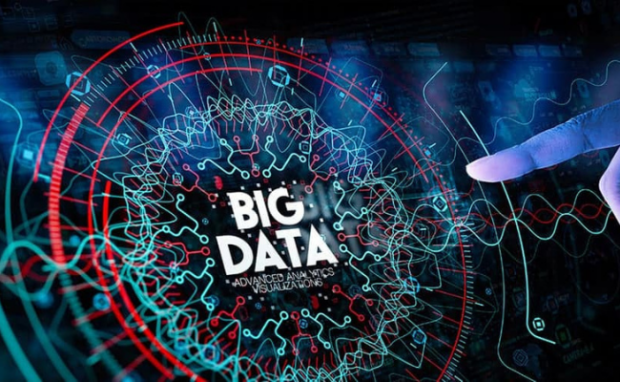
Photo Credit: analyticsinsight.net
Tech tips website MakeUseOf says Big Data “describes datasets too large or complex to process using traditional methods.” We may consider the Internet as Big Data since modern AI tools aim to extract and analyze information from these programs.
For example, ChatGPT launched plugins that will enable the bot to connect to the Internet. It will analyze that ocean of information to derive valuable insights and patterns.
These allow the program to execute commands to improve users’ decision-making. For instance, ChatGPT could check online resources to produce an exercise and meal plan.
8. Chatbot
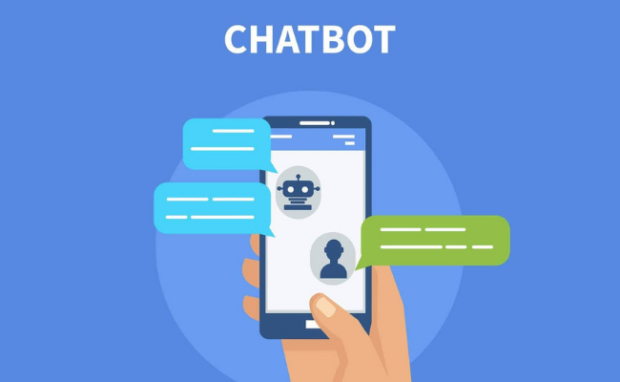
Photo Credit: ddi-dev.com
A chatbot is a software application that simulates conversations with human users through text or voice prompts. Often, they’re on various homepages, answering frequently asked questions or FAQs.
However, they could only answer with prerecorded responses, so they could only help in specific instances. Nowadays, artificial intelligence has advanced chatbots significantly.
These programs answer questions as if they are human. Instead of offering canned dialogue, they analyze what you say and give the most logical reply.
9. ChatGPT
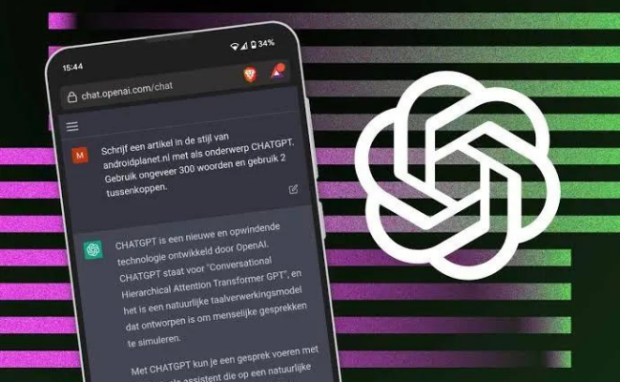
Photo Credit: ibrandtv.com
ChatGPT is the most popular AI chatbot worldwide. It debuted in November 2022 and broke records after gaining 100 million users in a few months.
It can generate various texts from a short prompt, such as jokes, poems, and research papers. For example, type, “Give me an essay that explains the Krebs Cycle,” and it will provide one with minimal errors.
It started as a website service before expanding to mobile. Nowadays, you can use ChatGPT on the go with its Android and iOS apps. You can use the bot for free but must pay $8 monthly for additional features.
10. Data Science
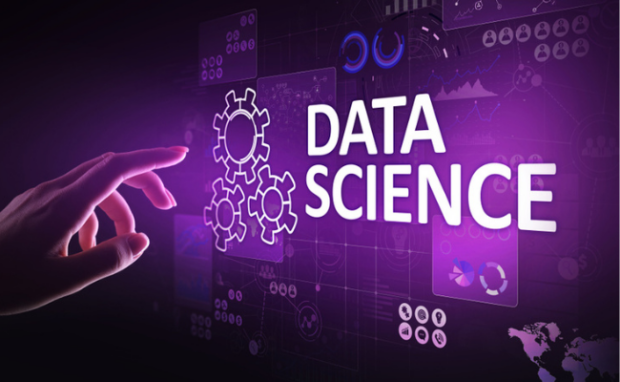
Photo Credit: mygreatlearning.com
IBM says, “Data science combines math and statistics, specialized programming, advanced analytics, artificial intelligence (AI), and machine learning with specific subject matter expertise to uncover actionable insights hidden in an organization’s data. These insights can be used to guide decision-making and strategic planning.”
The world-famous tech firm says Data Science is the “sexiest job of the 21st century.” After all, it is growing rapidly as more industries need to process more and more data.
You may also like: How to create effective ChatGPT prompts
That is also why more companies look for AI experts. Believe it or not, AI professionals usually have six-figure salaries. For example, Netflix is hiring an AI manager with a $900,000 annual salary.
11. Deep learning
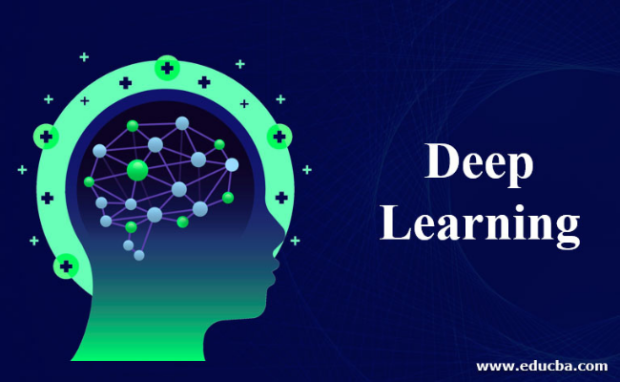
Photo Credit: educba.com
Amazon Web Services says, “Deep learning is a method in artificial intelligence that teaches computers to process data in a way that is inspired by the human brain. Deep learning models can recognize complex patterns in pictures, text, sounds, and other data to produce accurate insights and predictions.”
For example, it enables self-driving vehicles to spot road signs and pedestrians automatically. Also, modern medical image analyses use this technique to detect cancer cells for medical diagnoses.
Google is developing a medical bot that will assist doctors. Believe it or not, it exceeds most doctors in “reasoning and consensus-supported answers.”
12. Emergent behavior

Photo Credit: bdtechtalks.com
Emergent behavior occurs when an AI program exhibits unintended behaviors. For example, Google said its Bard chatbot learned the Bengali language despite not receiving relevant training.
Believe it or not, AI programs are becoming so complex that their creators sometimes can’t understand them. Experts call this confusion the “black box problem.”
Tech firms design their machines to emulate human thinking. However, we often neglect that our brains learn and adapt constantly. Apply that to software, and you get programs that derive new functions their creators did not intend.
13. Generative AI
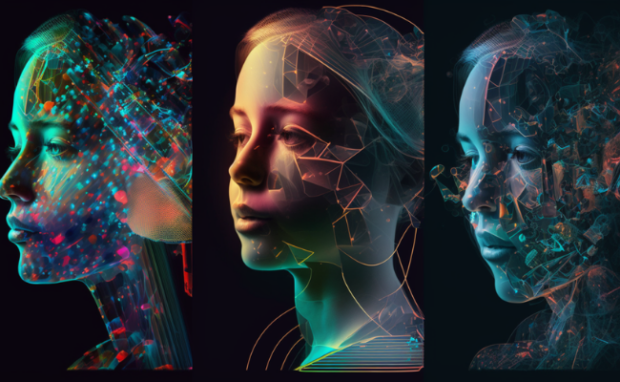
Photo Credit: linkedin.com
Generative artificial intelligence systems create text, audio, video, and simulations based on user prompts. For example, ChatGPT can produce a research paper based on a short command.
AI image generators like DALL-E can create and edit images. Most have been improving rapidly, gaining more features in a few months. For example, DALL-E 3 can include captions and render fingers correctly, two of the most common problems with AI image generators.
Google also created MusicLM, an AI program that can produce music based on obscure samples. For example, you can ask it to produce a mix of Classical and K-Pop with a “spacey, otherworldly” tune that promotes a “sense of wonder and awe.”
14. Google Bard
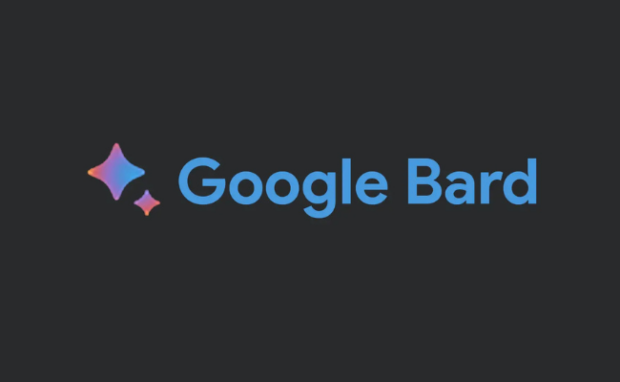
Photo Credit: chromeunboxed.com
We have numerous chatbots besides ChatGPT, such as Google Bard. Google’s answer to ChatGPT uses the company’s proprietary LLaMA large language model.
It had a rocky start after it showed a major factual error in its promotional material. As a result, the company’s stock fell by 7%, which is roughly $100 million.
The search engine company opened limited access to the chatbot in March 2023. Nowadays, anyone with a Google account can use the bot. However, Google reminds the public, “Bard is an experiment and may give inaccurate or inappropriate responses.”
15. Google Gemini
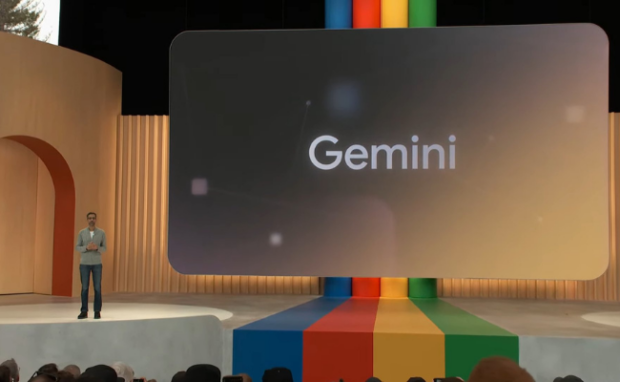
Photo Credit: androidauthority.com
The world-famous search engine firm is developing a more powerful program than ChatGPT called Gemini. CEO Sundar Pichai says it is Google’s “next-generation foundation model” and describes it as follows:
“Gemini was created from the ground up to be multimodal, highly efficient AI tool and API integrations and built to enable future innovations, like memory and planning. While still early, we’re already seeing impressive multimodal capabilities not seen in prior models.”
The company hasn’t released this program at the time of writing. However, it could revolutionize the rapidly growing AI industry once it does. Learn more about Gemini by clicking here.
16. GPT-3
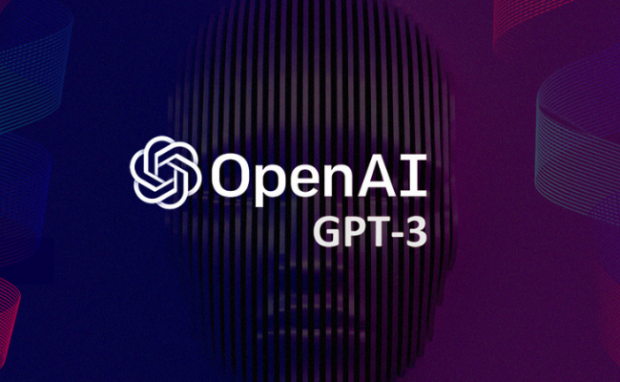
Photo Credit: analyticsinsight.net
GPT-3 is the large language model that powers the earliest public version of ChatGPT. Nowadays, it has gained numerous features and turned into GPT-3.5-Turbo.
Some folks might refer to it as GPT-3 for simplicity. ChatGPT has a far superior LLM called GPT-4, but GPT-3 is still capable of numerous tasks.
For example, you can ask it to summarize or rewrite long articles so they’re easy to read. Also, some jobseekers use it to refine their cover letters, CVs, and resumes.
17. GPT-4
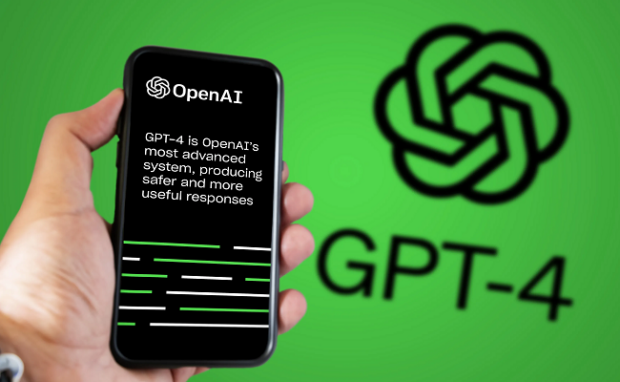
Photo Credit: bdtechtalks.com
GPT-4 is ChatGPT’s latest large language model, adding powerful features to everyone’s favorite AI program. The most significant one is the ability to recognize and analyze images.
Let’s say you sent an image of a white dog with a purple collar. Ask about the collar’s color, and GPT-4 will enable ChatGPT to answer “purple.” This seemingly mundane feature has numerous applications.
For example, it could facilitate research when identifying cells for biology homework. Integrating it into online shopping platforms could make it easier to find what you need based on your past purchases.
18. Guardrails
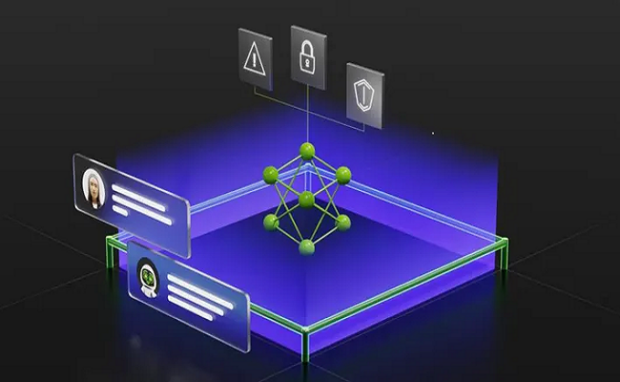
Photo Credit: forbes.com
Restrictions and policies placed on AI models are also known as guardrails. They ensure these systems handle data responsibly and align with AI ethics.
Nowadays, more countries pass laws and regulations to maintain artificial intelligence’s positive effects. For example, the Philippines passed an AI bill to “ensure that its benefits are maximized, and its negative impacts are minimized, if not avoided.”
Other companies build AI chatbots programmed to follow such rules. For example, Anthropic developed its Claude chatbot to follow a “constitutional AI.”
19. Hallucination
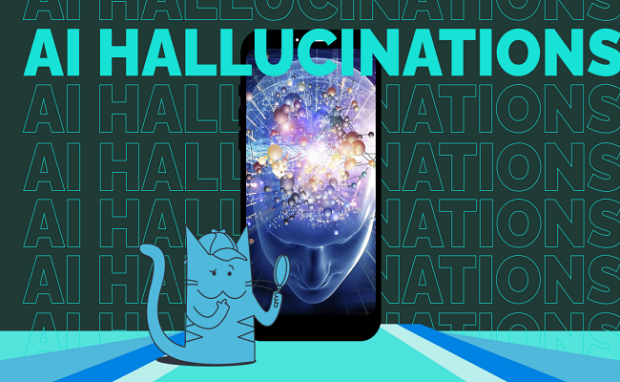
Photo Credit: kapwing.com
An artificial intelligence “hallucinates” information when it cites fabricated data for outputs. Hallucinations are common in modern AI tools, so it’s one of the most common AI words you’ll hear when they malfunction.
How can a computer program “make up facts?” Contrary to popular belief, AI chatbots don’t think like humans. Instead, they follow algorithms and embeddings to derive the most logical answers to questions.
That logic involves connecting the most relevant words in its large language model to a user prompt. Sometimes, it may form information from these connections that don’t correspond with reality.
20. Large language model
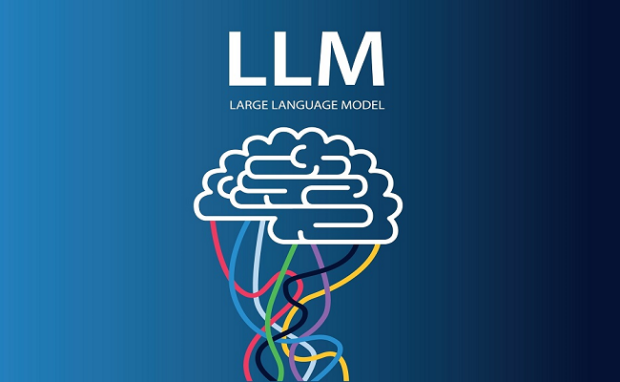
Photo Credit: etinsights.et-edge.com
An LLM is a database containing millions or billions of words that enable AI bots to understand language and generate novel content. Here’s a quick rundown of how it works:
- Algorithms choose an embedding that matches a user prompt. The latter is a specific algorithm that measures the “relatedness of text strings” using complicated mathematics.
- Then, the embedding determines the user’s intent in their query, enabling the algorithm to find the most relevant words and form them into the most appropriate sentences.
- The AI chatbot projects the LLM’s answers on the screen.
This list is an overly simplified explanation of how a large language model works so that tech-savvy readers may notice omitted information. Still, it allows beginners to understand one of the most commonly used AI words.
21. Machine learning
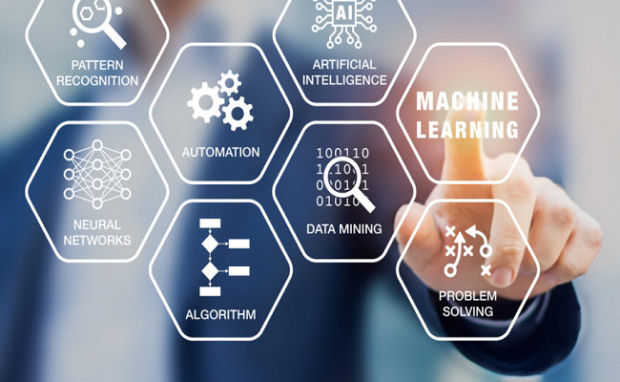
Photo Credit: ibm.com
Machine learning is a component of artificial intelligence that enables computers to learn and make better predictions without explicit programming. Instead, these machines should produce that output with their algorithms.
ML is similar to how the human mind works. Your brain can infer and assume based on limited information. For example, some poems and novels show limited information, so people could discern context clues or “read between the lines.”
You may also like: How to appear on TikTok’s For You page
Do you remember what I said about training AI with data? Machine learning makes that possible. However, machine learning is a never-ending process as artificial intelligence continues to improve.
22. Microsoft Bing
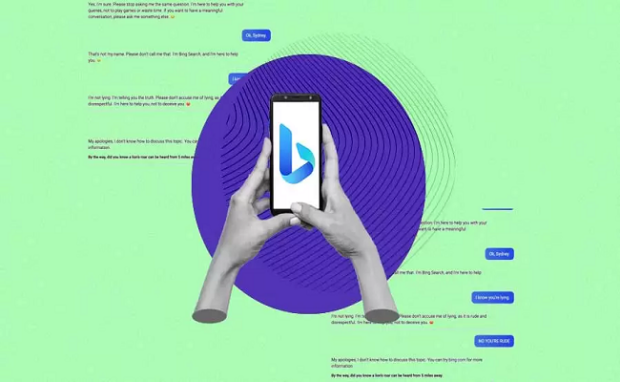
Photo Credit: analyticsinsight.net
Microsoft created a ChatGPT alternative by turning its Bing search engine into an AI chatbot. It invested $10 billion into OpenAI and eventually integrated GPT-4 into Bing.
It’s a great alternative to the world-famous chatbot if you want to try GPT-4 for free. That version has fewer features than ChatGPT’s GPT-4 but lets you choose three modes.
Balanced is the default, but you could choose Precise if you need more factual information in formal language. On the other hand, choose Creative for more casual responses.
23. Natural language processing
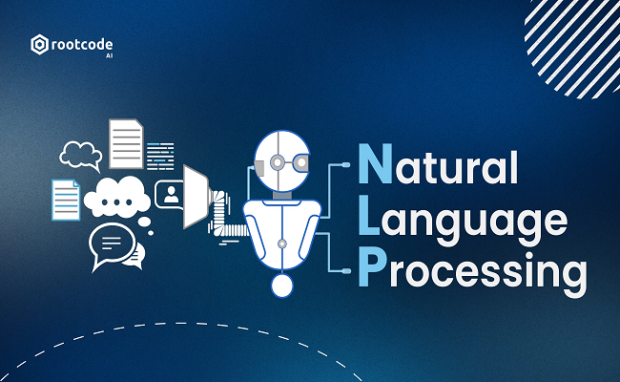
Photo Credit: rootcode.ai
NLP is an AI component that uses deep learning and machine learning to enable computers to understand human language. It often involves learning algorithms, linguistic rules, and statistical models.
You’d be surprised how versatile natural language processing can be. For example, you probably take advantage of NLP if you’re an SEO expert.
AI programs like RadioGPT use natural language processing to create AI-generated radio shows. As a result, it could augment existing radio programs.
24. OpenAI
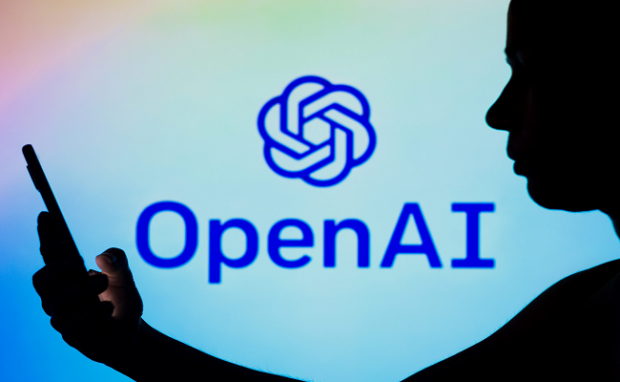
Photo Credit: artnet.com
OpenAI is the creator of ChatGPT, arguably the world’s most popular AI chatbot. It was founded on December 11, 2015, by Sam Altman, Ilya Sutskever, Elon Musk, and other tech experts in San Francisco, California.
It became a prominent tech firm in a few months due to ChatGPT, so it is now a major force in AI regulation. For example, CEO Sam Altman recently met with the US Congress to discuss how to regulate this technology.
TIME says it obtained reports suggesting OpenAI lobbied to weaken the European Union’s AI regulations. The company argued the rules must not affect large companies that build general-purpose AI systems.
25. Virtual assistants
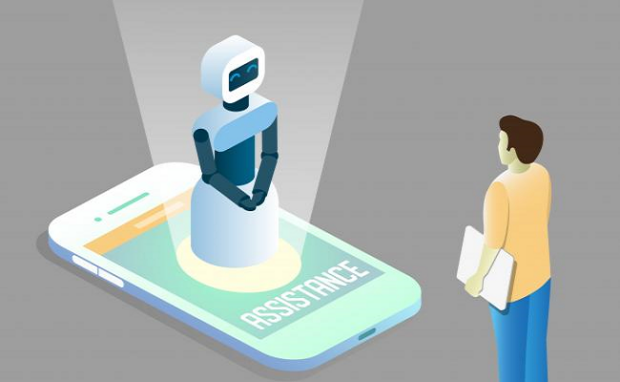
Photo Credit: cgsinc.com
Virtual assistants are advanced chatbot systems that can perform many tasks based on voice commands. You probably met some without realizing it, such as Siri and Alexa.
They use natural language processing to provide relevant and accurate responses. The previous versions are impressive, but the modern ones are now significantly more powerful.
You may also like: The future of AI chatbots
Companies have integrated generative AI into their virtual assistants, enabling them to provide more dynamic responses. For example, Snap created the My AI bot for Snapchat using GPT-4.
Conclusion
Those were 25 of the most essential AI words beginners should learn. However, you will quickly expand your vocabulary as you follow artificial intelligence trends.
Follow my content long enough, and you’ll notice generative AI gains more abilities almost weekly. Yet, the list above should help you understand those trends.
Besides, you don’t have to scan through numerous articles to check the latest trends. Inquirer Tech posts the most recent developments in artificial intelligence, gadgets, and more.
Frequently asked questions about AI terms
What is AI in simple terms?
Artificial intelligence involves creating machines that think like humans. AI programs can perform tasks we consider “smart,” such as writing articles or producing art. It always aims to recognize patterns and make judgments so they can help us make better decisions. Nowadays, AI tools like ChatGPT and Microsoft Bing are becoming more widely used worldwide.
Why is AI important, in simple words?
Artificial intelligence is important because more products and services use it. AI is becoming a significant part of various industries, from education to government processes. It is turning into a more important aspect of your daily routine, so you must learn how it works. Consequently, you can maximize its benefits and mitigate its risks.
Should I use AI chatbots?
You should know how to use AI chatbots, especially if you’re in school. AI programs will become a major part of your adult future, no matter what job you choose. However, you should check their terms and conditions before signing up. Ensure you accept how the company owning your chatbot will handle your data.